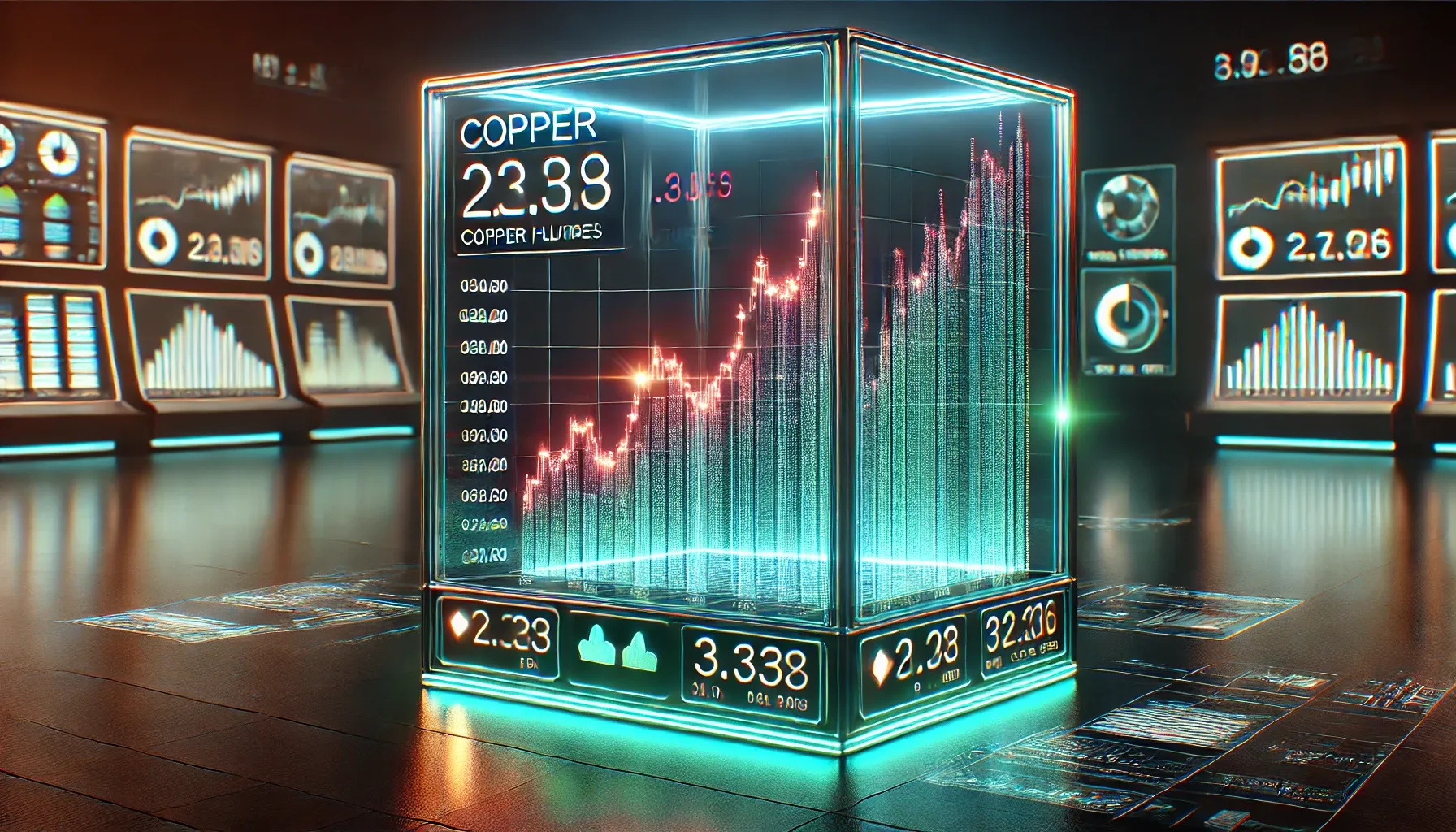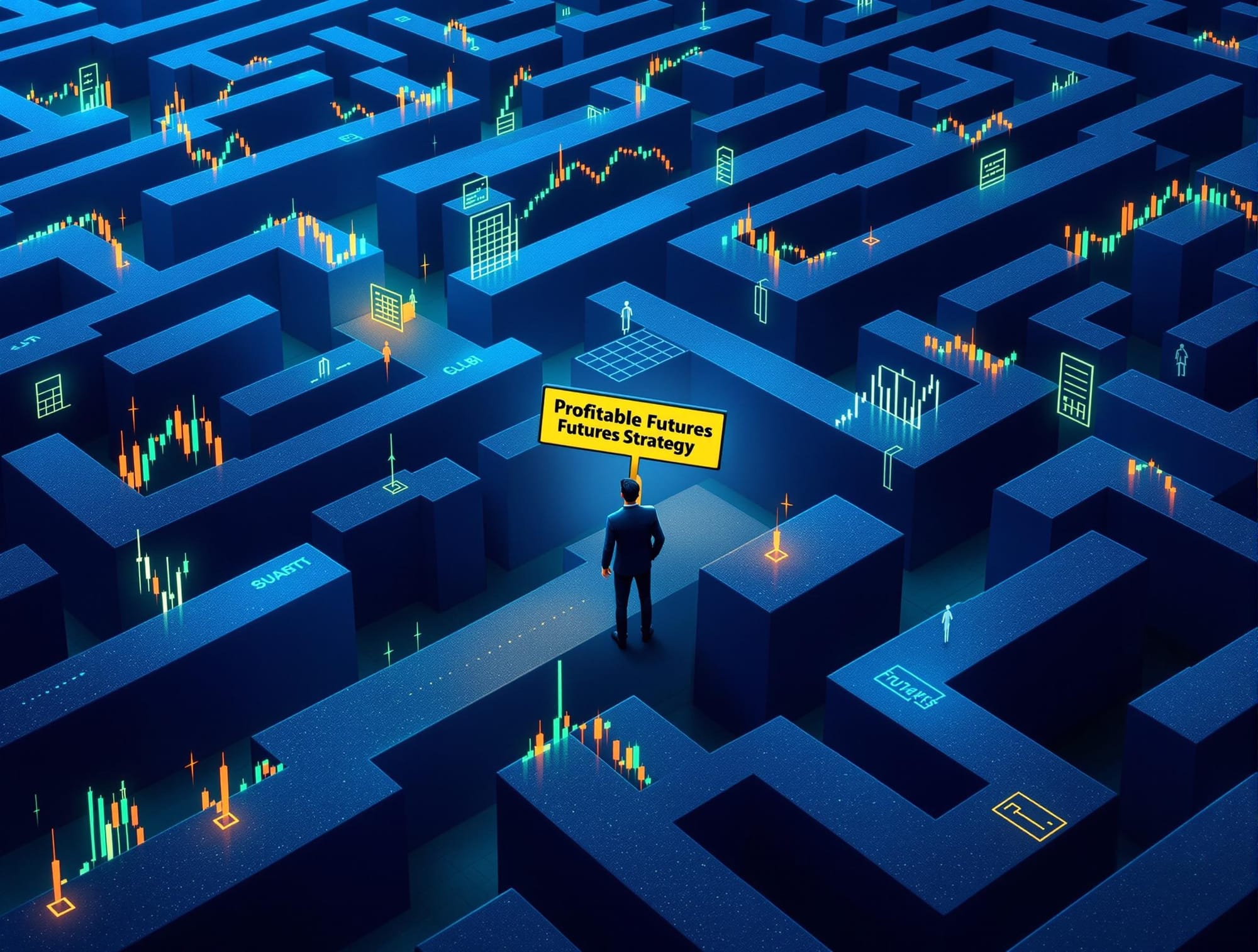How To Trade Micro Futures With Success

If you’re wondering how to trade micro futures with success, you’re not alone. Micro futures have rapidly become a popular entry point for retail traders who want exposure to major markets without the steep capital requirements of standard futures contracts. Designed to be smaller, more affordable, and more flexible, these contracts allow traders to sharpen their skills, manage risk more effectively, and stay in the game longer. For those looking to build a real trading edge, micro and minis futures offer a smart path forward.
Why does this matter? Because the futures market is no longer reserved for large institutions and deep-pocketed players. With products like e-micro futures and mini contracts, even traders with a few hundred dollars can take positions on indices, metals, currencies, and more. And when you combine these tools with the right education, discipline, and trading strategies, you’ve got everything you need to grow your skillset in a live market environment. If you're just starting out, exploring trading platforms tailored for beginners is a solid next step—check out this beginner-friendly futures trading platform designed to support traders from day one: check out this powerful yet simple platform.
What Are Micro Futures? A Quick Breakdown
Micro futures are scaled-down versions of standard futures contracts. Most are 1/10th the size of their larger counterparts, making them more accessible and less risky for beginner and small-account traders. For example, the Micro E-mini S&P 500 (MES) lets you trade the S&P 500 with a fraction of the exposure you'd get from the standard E-mini.
These products are cash-settled and listed on major exchanges like CME Group, and they track the same underlying assets as their full-sized equivalents. The idea is simple: offer traders the same futures market experience but with less financial pressure. Whether you’re trying to learn to trade futures or want to test a new strategy without risking thousands, micro futures are a powerful tool in your trading arsenal.
Why Micro and Minis Are Perfect for Small Accounts
Micro and mini futures help eliminate one of the biggest barriers to futures trading: capital requirements. Instead of needing thousands to control a position, you can often start with a few hundred dollars. This makes them ideal for futures trading for beginners, especially those looking to day trade or swing trade on a tighter budget.
The margin requirements are lower, and so is the risk per tick. This gives traders more flexibility in position sizing and risk management. And since they mirror the same price action as larger contracts, they’re excellent for practicing strategies in real-time market conditions. Micro and minis futures offer the perfect balance of affordability, realism, and risk control.
How to Trade Micro Futures: The Basics
Step 1: Choose the Right Broker
Not all brokers support micro and mini futures trading, so make sure yours does. Look for one that offers tight spreads, low commissions, and direct market access to exchanges like CME. User-friendly interfaces and excellent customer support are key—especially if you're new to the game.
Step 2: Understand Micro Futures Symbols
Each micro futures contract has a specific symbol. For example:
- MES = Micro E-mini S&P 500
- MNQ = Micro E-mini Nasdaq-100
- MCL = Micro Crude Oil
- MGC = Micro Gold
Knowing these symbols will help you navigate your trading platform and stay organized when managing multiple contracts.
Step 3: Learn the Trading Hours
Micro futures trade nearly 24 hours a day, 5 days a week. However, liquidity tends to concentrate during regular U.S. market hours (8:30 AM – 3:00 PM CST). Make note of any specific trading pauses and know when key economic data releases might cause volatility. Understanding futures exchange hours is crucial for good risk management.

Trading Futures for Beginners: Why Micros Are a Great Start
Trading micros is one of the smartest ways to ease into the world of futures. They offer exposure to top markets without exposing your account to massive drawdowns. For new traders, this means less stress, more learning opportunities, and the ability to stay consistent longer.
You can also practice discipline with smaller stakes, making it easier to survive the learning curve. Many successful traders started with micros before scaling up. They help develop the muscle memory needed for reading charts, executing trades, and managing emotions.
And if you're serious about building consistency, be sure to review the rules that successful traders follow when working with funded accounts: see the trading standards top performers live by.
The Cheapest Mini Futures to Trade Right Now
Some micro futures contracts are cheaper to trade due to low tick value, margin requirements, or tighter spreads. Among the most cost-effective options are:
- MES (Micro E-mini S&P 500)
- MNQ (Micro Nasdaq)
- M2K (Micro Russell 2000)
- MCL (Micro Crude Oil)
- M6E (Micro Euro FX)
These contracts are great for practicing active futures day trading or swing trading without putting your entire account at risk. Always verify live margin requirements with your broker before trading.

Micro E Mini Futures vs Standard E-minis
While standard E-minis are 1/5 the size of full futures, micro e mini futures are only 1/10. That makes micros even more accessible for retail traders. Here’s a quick comparison:
- Micro E-mini S&P (MES) = $5 per point
- E-mini S&P (ES) = $50 per point
The smaller size means lower financial commitment but identical price movement and chart patterns. Micros give you flexibility, especially when fine-tuning entry/exit timing or trading multiple positions simultaneously.
E Micro Futures Explained (and Why They Matter)
E-micro futures were designed to give traders lower-cost access to global markets. They matter because they democratize futures trading. Whether you're following the dollar, gold, oil, or stock indices, there's a micro contract for you.
They also make it easier to use futures in portfolios, hedge existing positions, or apply advanced strategies—without committing large capital. If you're thinking of building a portfolio with micro contracts, this overview of account types can help you figure out what structure fits best: explore various funding account options.
Futures Day Trading With Micro Contracts
Micros are ideal for day trading. They offer the liquidity, volatility, and structure you need to build effective trade setups without overwhelming your capital. Traders often use them to capture small moves with high probability.
Because tick sizes are smaller, you can scale in and out of positions more easily. The lower tick value also helps manage psychological pressure, perfect for developing traders who are still mastering their emotions.
Futures Trading Strategies That Work Well with Micros
Strategy 1: Breakout Trading
This involves identifying price levels where volatility spikes after consolidation. Micros let you test breakouts without risking large drawdowns.
Strategy 2: Momentum Scalping
Scalp small but quick moves during high-volume periods. Great for those who like fast-paced action with controlled risk.
Strategy 3: Mean Reversion
Fade overextended moves and look for a return to average price levels. With micros, you can afford to layer in positions and wait for the market to come to you.
How to Choose the Right Micro Futures Contract
The best contract for you depends on your trading style and interests:
- Want to trade market indices? Try MES or MNQ.
- Prefer commodities? Look at MCL or MGC.
- Into currency markets? M6E and M6A are great.
Also consider liquidity, trading hours, and tick value. Test multiple contracts in sim mode before going live. And if you’re new to the scene, this intro to our team’s background might help you get oriented: meet the trading firm built for real traders.
Scaling Your Strategy With Micro Futures
Once you’ve found consistency, micro contracts can help you scale intelligently. Instead of jumping into larger contracts, start by increasing the number of micro contracts you trade.
This allows for smoother growth without massively increasing risk. You’ll learn how your strategy handles volatility and position size changes. This gradual approach often results in more sustainable long-term performance.
How to Use Sim Trading to Master Micro Futures
Simulation (SIM) trading is a critical part of success. It helps you build routines, test setups, and make mistakes without losing real money. Most funded account programs require a solid SIM track record before going live.
Spend time reviewing your trades, journaling your performance, and refining your edge. Use micros in SIM mode to replicate the exact dynamics of the live market.
Learn to Trade Futures Like a Funded Pro
Funded traders don’t just wing it—they follow strict risk rules, stick to proven setups, and journal everything. Micro contracts give you the environment to practice these habits with manageable stakes.
Think of it like training in a flight simulator before taking off in a real plane. The skills you build with micros will carry over into larger contracts and bigger paydays when the time is right.
How Funded Futures Network Supports Traders
At Funded Futures Network, we specialize in helping traders grow through access to capital, elite resources, and community-driven education. Whether you’re learning to trade micro futures or scaling up to E-minis, we offer the tools and support to make it happen.
From daily live trading streams and exclusive discounts to flexible account models, we’re committed to your success. Ready to take the next step? Join a platform where traders thrive: get started with our supportive trading community.



